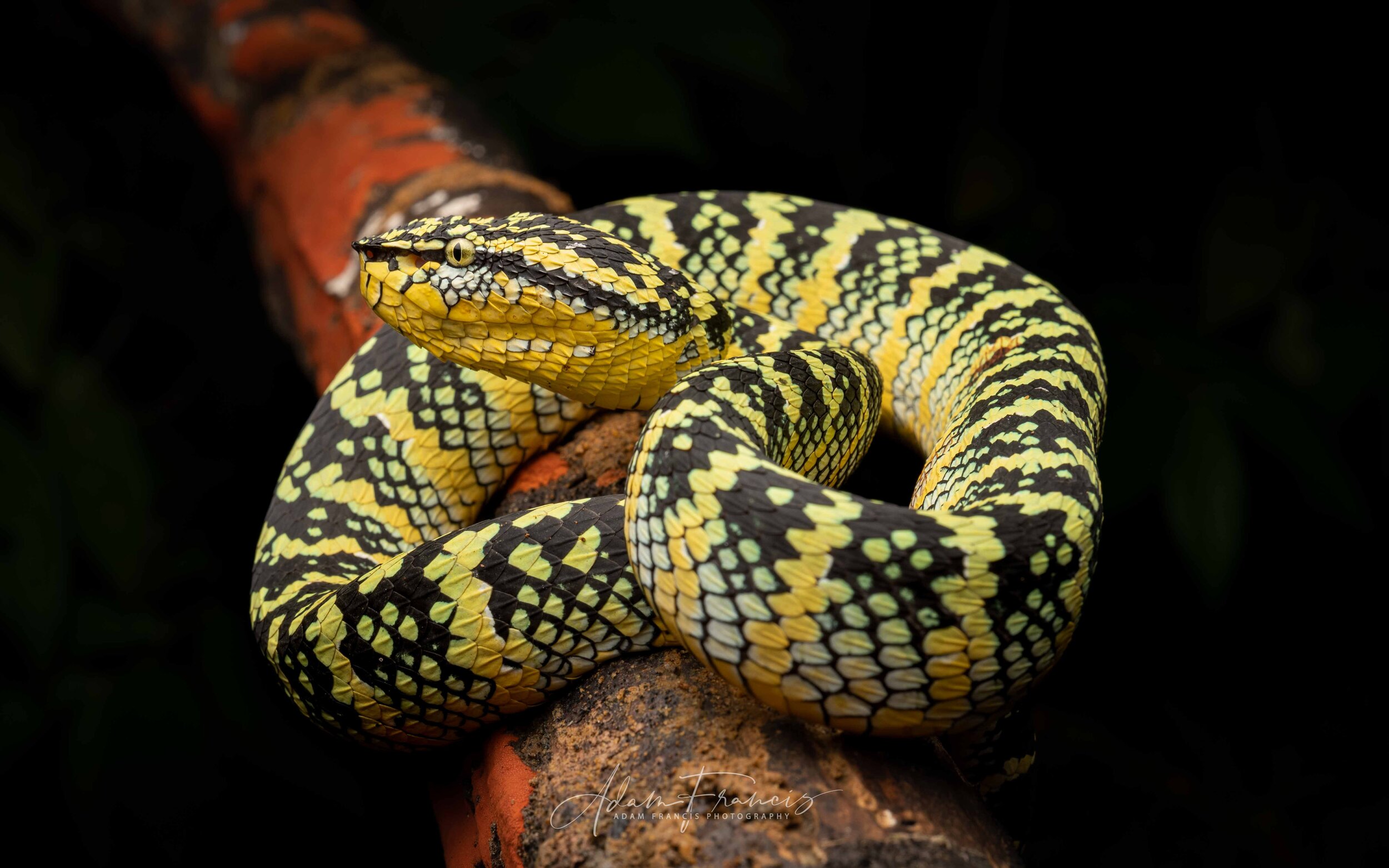The secretive world of snakes has long fascinated and terrified humans in equal measure. These remarkable reptiles, with their limbless bodies and extraordinary adaptations, display behaviors that often seem alien to us mammals. With the proliferation of wildlife cameras, smartphone technology, and dedicated reptile enthusiasts, we now have unprecedented documentation of snake behaviors that were once only witnessed by the most dedicated field herpetologists. From shocking predatory tactics to bizarre defensive mechanisms and unexpected social interactions, captured footage has revolutionized our understanding of these misunderstood creatures. This article explores ten of the most jaw-dropping snake behaviors that have been caught on camera, offering a glimpse into the complex and often surprising lives of these remarkable reptiles.
Flying Snakes That Glide Through the Air
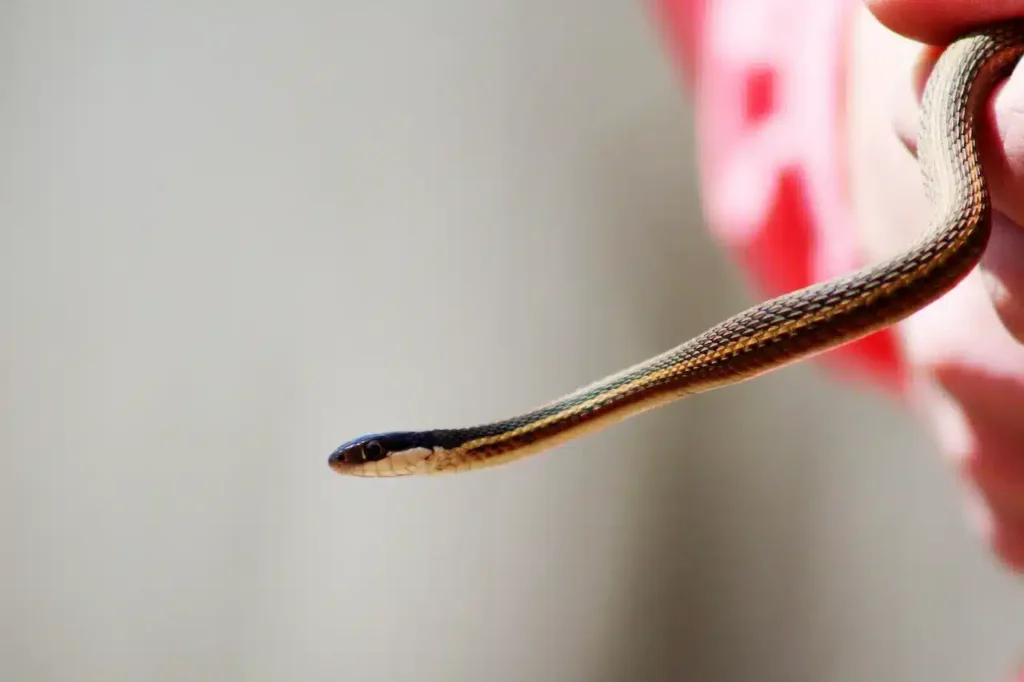
Paradise tree snakes (Chrysopelea paradisi) have been filmed performing one of the most unexpected behaviors in the reptile world – true aerial gliding. Native to Southeast Asia, these snakes can launch themselves from tree branches and flatten their bodies into a concave shape that creates lift, allowing them to travel up to 100 feet horizontally through the air. High-speed cameras have captured the remarkable undulating motion they use while airborne, which helps stabilize their flight path. Researchers at Virginia Tech discovered that these snakes actually perform better than expected based on aerodynamic models, suggesting they possess sophisticated control mechanisms. The footage of these snakes in flight challenges our perception of what these limbless creatures are capable of and represents one of the most extraordinary adaptations in the animal kingdom.
Cooperative Hunting by Cuban Boas

In 2017, wildlife cameras in Cuban caves captured extraordinary footage of Cuban boas (Chilabothrus angulifer) engaging in coordinated hunting behavior – something previously thought impossible for reptiles. The snakes were documented hanging from cave ceilings in strategic formations to intercept bats as they flew out at dusk. Remarkably, the positioning wasn’t random; the boas intentionally spaced themselves to create a barrier that maximized capture success, with capture rates increasing significantly when multiple snakes hunted together. This behavior challenges long-held beliefs that reptiles lack the cognitive capacity for cooperative strategies. The footage provides compelling evidence that these snakes can assess complex spatial relationships and coordinate their actions with conspecifics to improve hunting efficiency, suggesting higher cognitive abilities than previously attributed to snakes.
The Lightning-Fast Strike of the Sidewinder Rattlesnake
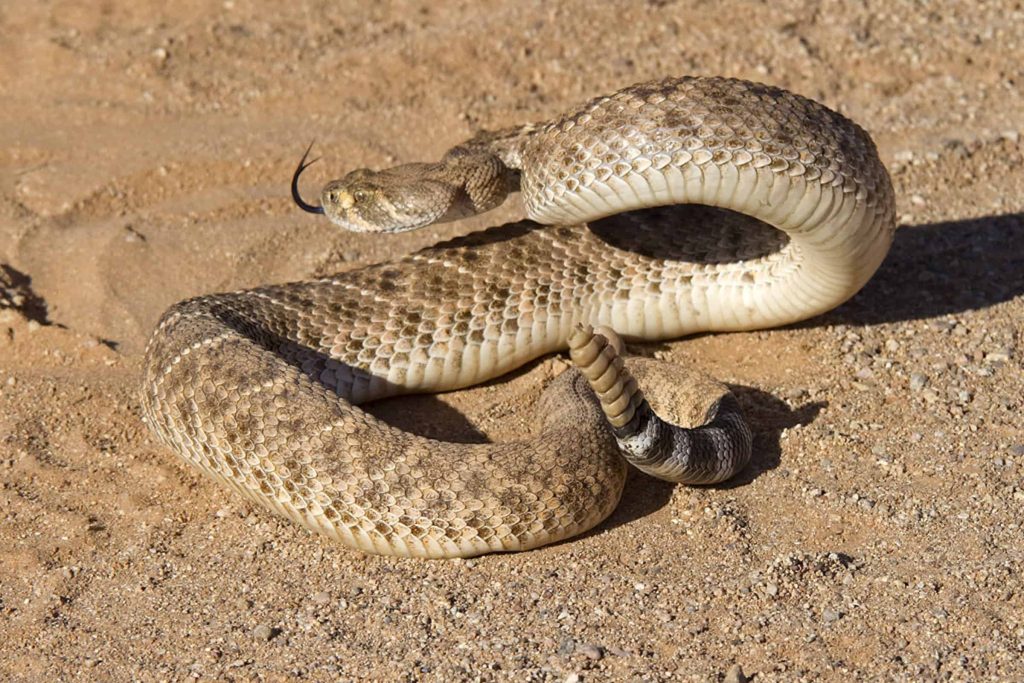
High-speed cameras have revealed the astonishing mechanics behind the sidewinder rattlesnake’s (Crotalus cerastes) strike, clocked at an incredible 175 miles per hour – making it one of the fastest movements in the animal kingdom. The footage, slowed down to millisecond increments, shows the snake accelerating from complete stillness to full strike in less than 70 milliseconds, faster than a human can blink. What makes the footage particularly shocking is the revelation that the snake’s head actually accelerates at up to 28 times the force of gravity. Thermal imaging cameras have additionally captured how these ambush predators can precisely target the warmest parts of their prey’s bodies, where vital blood vessels are located, even in complete darkness. This combination of speed, precision, and thermal targeting makes the sidewinder’s predatory capabilities seem almost supernatural when viewed frame by frame.
Self-Decapitation Defense of the Hognose Snake

The eastern hognose snake (Heterodon platirhinos) has been filmed performing one of the most elaborate death-feigning displays in the animal kingdom, often referred to as “self-decapitation.” When threatened, these snakes go through a dramatic performance that culminates in them rolling onto their backs, opening their mouths, extruding their tongues, and releasing a foul-smelling musk while appearing completely lifeless. What makes the footage particularly shocking is how the snake will remain committed to the act even when physically manipulated, sometimes for hours. Even more remarkably, cameras have documented that if flipped right-side up during this performance, the snake will immediately roll back onto its back – revealing the active nature of this supposedly “dead” state. This behavior demonstrates a sophisticated defensive strategy that goes beyond simple reflex actions and suggests a level of commitment to deception rarely seen in reptiles.
King Cobras Building Nests and Guarding Eggs
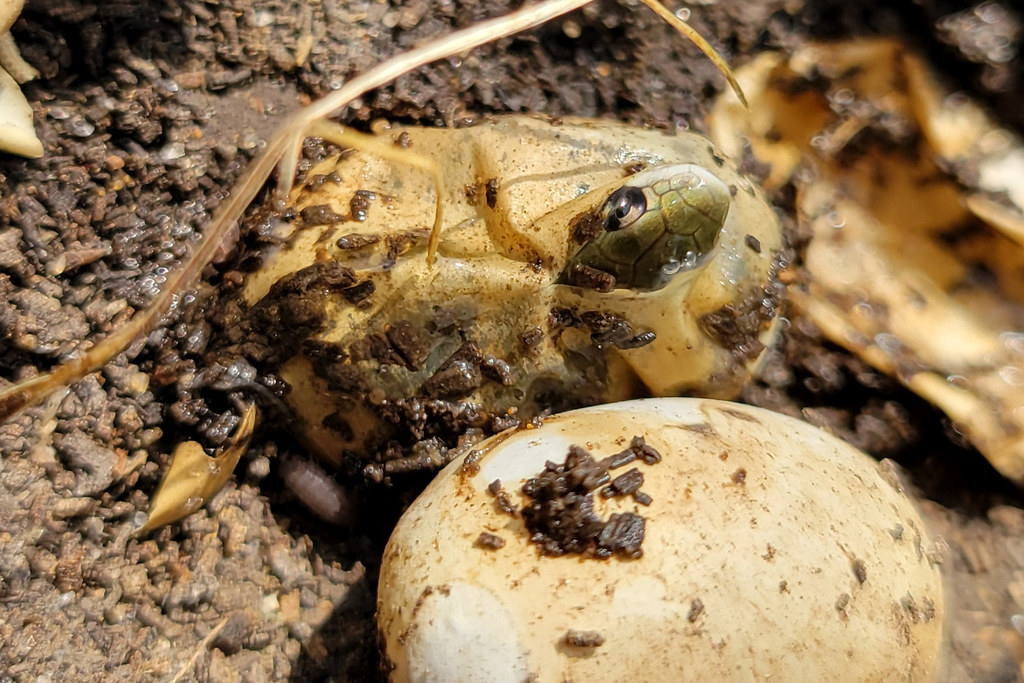
Rare footage has documented female king cobras (Ophiophagus hannah) engaging in the only known case of nest-building behavior among snakes, challenging the common perception that snakes abandon their eggs. These massive venomous snakes have been filmed meticulously gathering leaves and vegetation to construct mound-like nests up to three feet high, using their bodies to shape the materials into a protective chamber. Even more surprisingly, the cameras have captured females remaining near their nests for the entire 60-90 day incubation period, actively defending them against predators with extraordinary vigilance. The footage shows mother cobras striking aggressively at approaching monitors, wild pigs, and even humans who venture too close to the nest site. This maternal protection stands in stark contrast to the typical reptilian approach to reproduction and suggests a more complex parent-offspring relationship than previously understood in snakes.
Snakes Dislocating Their Jaws to Swallow Enormous Prey
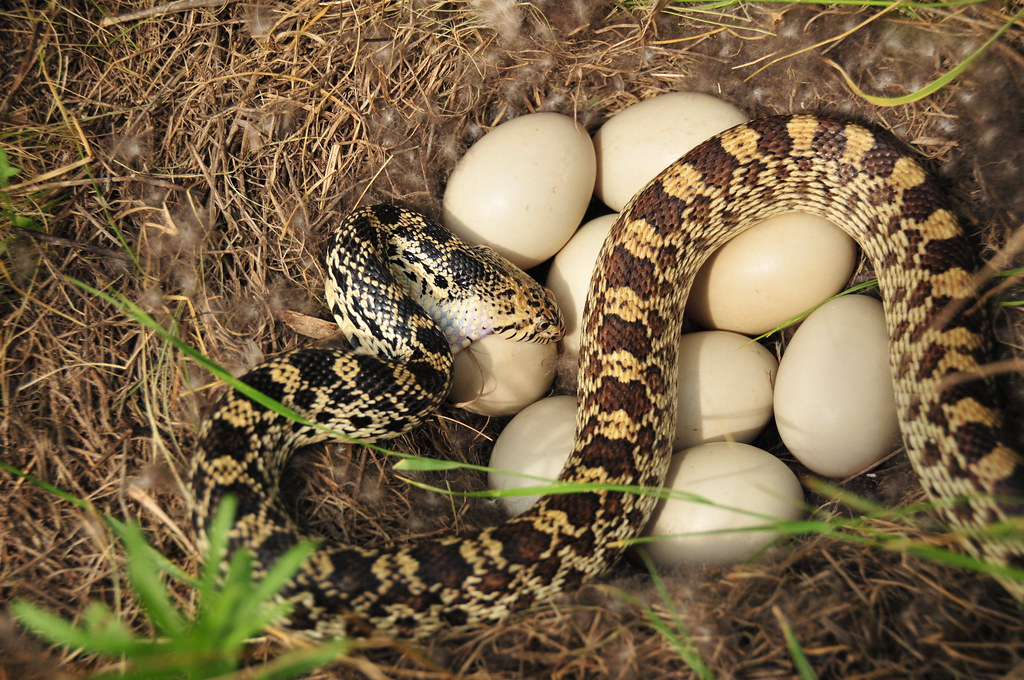
Some of the most viewed snake videos online show the incredible and often disturbing process of snakes consuming prey many times larger than their own head diameter. Rock pythons (Python sebae) have been filmed swallowing entire antelopes, while anacondas have been documented consuming caimans and capybaras. The footage reveals in graphic detail how these snakes dislocate their jaws by separating their mandibles at the elastic ligament that connects them, rather than at the jaw joint as commonly believed. Time-lapse videos show the methodical process that can take hours or even days, as powerful muscles literally walk the snake’s body over its meal while digestive enzymes begin breaking down the prey before it even reaches the stomach. Perhaps most shocking is the visible distortion of the snake’s body as it accommodates prey that can increase the predator’s body weight by up to 75% in a single meal, a feat that would be impossible for almost any other vertebrate.
Rattlesnakes Performing “Combat Dances”
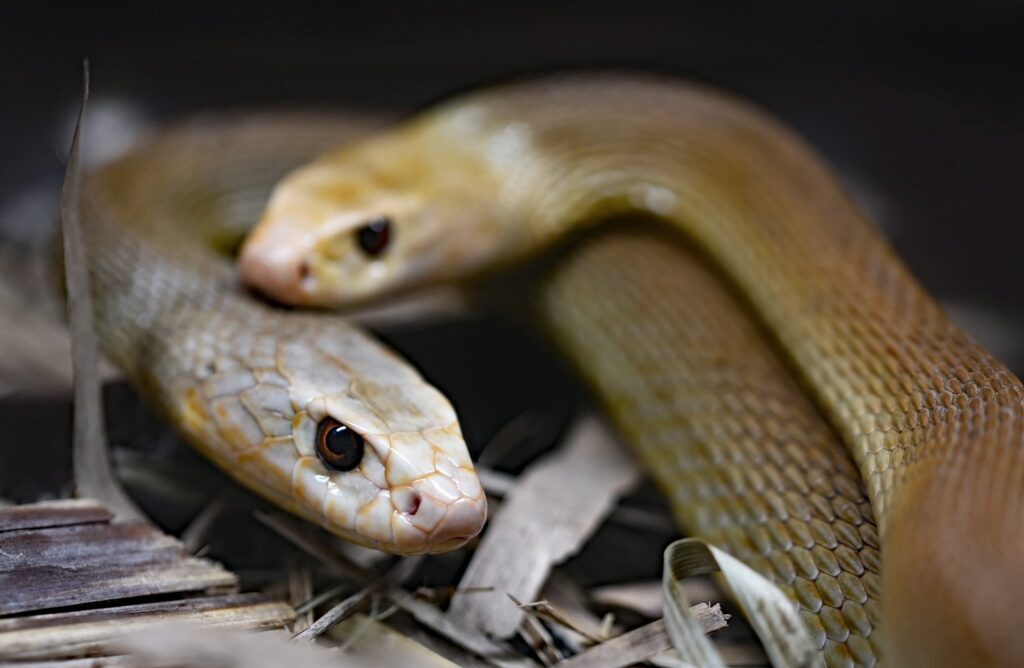
Wildlife cameras have captured the extraordinary spectacle of male rattlesnakes engaging in ritualized combat, often misinterpreted by observers as mating. During these “combat dances,” two male rattlesnakes intertwine their bodies and rise up to impressive heights, sometimes reaching several feet off the ground as they wrestle for dominance. The footage reveals the surprising grace and restraint of these encounters, as the snakes rarely bite each other despite possessing lethal venom. High-definition video has shown the complex muscular control exhibited during these contests, with each snake attempting to pin the other’s head to the ground while maintaining its own elevated position. Particularly fascinating is the documentation of how these battles can last for hours, with the snakes demonstrating remarkable stamina and determination, all in competition for breeding rights with nearby females who often observe the contest from a short distance.
Egg-Eating Snakes Swallowing Eggs Whole
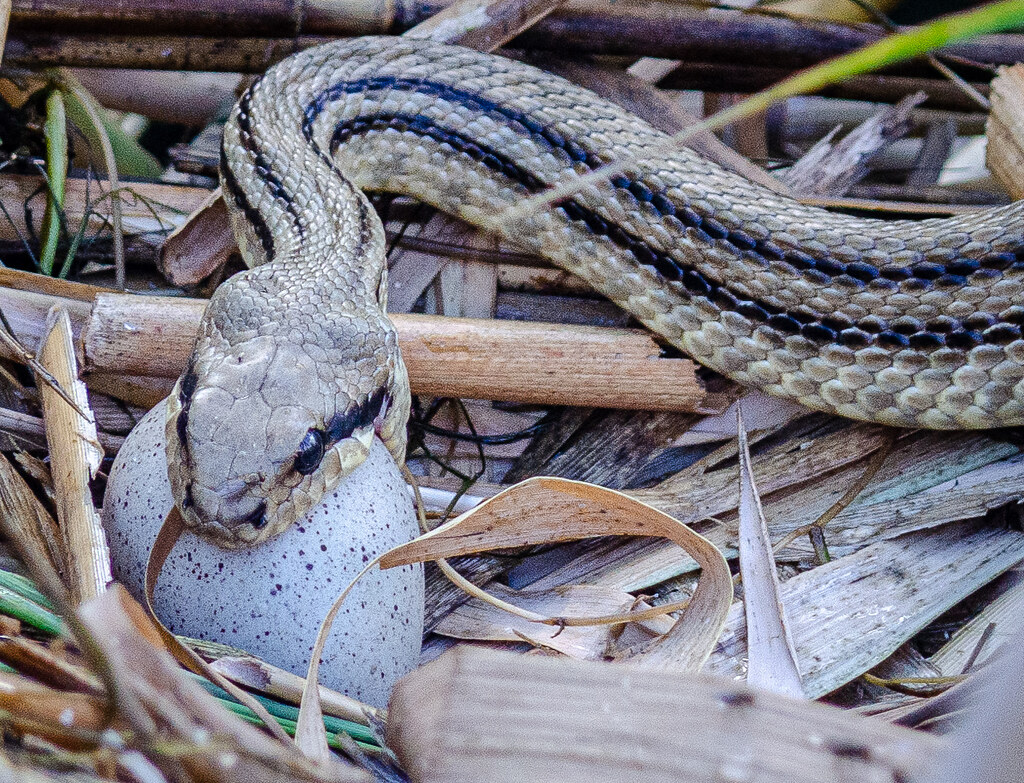
Specialized cameras placed in bird nests have captured the remarkable feeding mechanics of African egg-eating snakes (Dasypeltis spp.), revealing one of the most specialized feeding adaptations in the reptile world. These relatively small snakes, often no thicker than a human finger, have been filmed swallowing chicken eggs whole – objects three to four times the diameter of their own heads. The footage shows in remarkable detail how these snakes use their extremely flexible jaws and specialized vertebral processes that extend into the esophagus to crack the egg internally once swallowed. What makes the video particularly astonishing is the subsequent scene where the snake compresses the egg contents into its stomach while regurgitating the completely intact, but empty, eggshell – a process that looks physically impossible when witnessed. This specialized adaptation allows these snakes to exploit a food resource unavailable to most other predators while leaving behind almost no evidence of their meal.
Sea Snakes “Walking” on Water
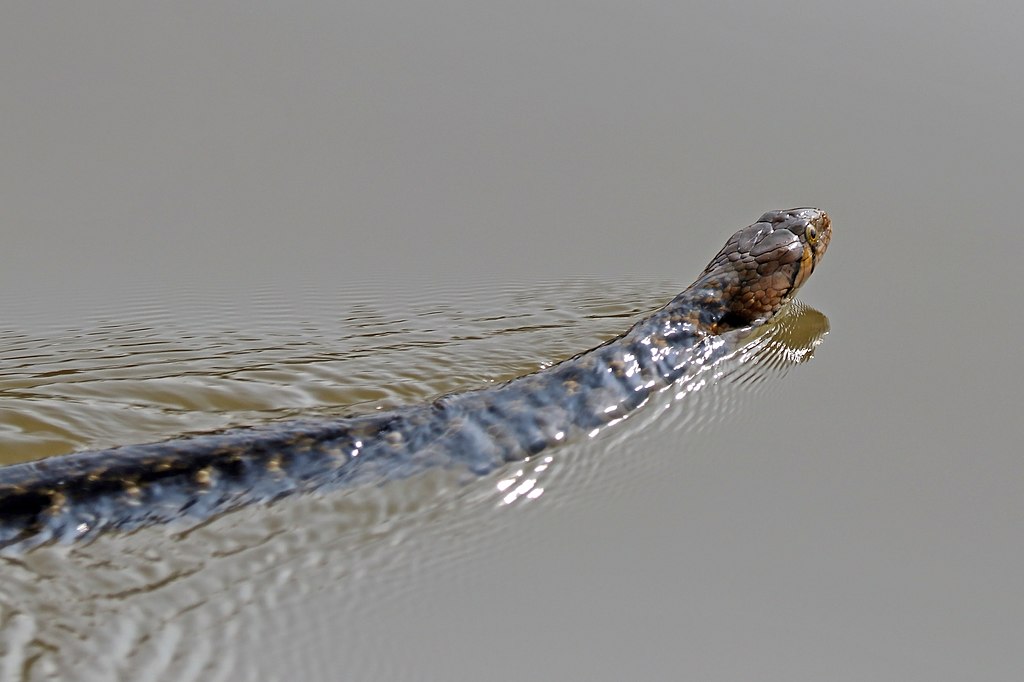
Marine biologists studying yellow-bellied sea snakes (Hydrophis platurus) captured extraordinary footage of these fully aquatic reptiles appearing to “walk” across the ocean’s surface. The behavior, known as surface tension locomotion, shows the snakes creating a depression in the water’s surface and then propelling themselves forward by pushing against the posterior edge of this depression. What makes this footage particularly remarkable is that it contradicts previous understanding of sea snake mobility, which suggested these animals were helpless when not fully submerged. Further analysis of the video revealed that this unusual locomotion method allows the snakes to move at three times the speed they can achieve through underwater swimming when at the surface. Scientists believe this adaptation may help them escape predators or rapidly move between feeding areas in the open ocean, representing an unexpected evolutionary solution to the challenges of marine life.
Snake Regurgitation of Larger Predators

Some of the most shocking snake footage ever captured shows the disturbing phenomenon of snakes regurgitating entire predators that attempted to eat them. In one viral video, a snake was documented slowly regurgitating an entire second snake that had swallowed it headfirst – essentially escaping from inside its predator. The footage shows the prey snake emerging alive and seemingly unharmed, despite having been partially digested. In another remarkable case, a python was filmed regurgitating an adult gazelle when startled by approaching humans, a process that took just minutes compared to the days it took to consume it. Wildlife biologists explain that this rapid regurgitation is an evolutionary adaptation that allows snakes to quickly jettison heavy meals when threatened, improving their chances of escape. The graphic nature of these videos offers a rare glimpse into the high-stakes predator-prey dynamics where sometimes the prey turns the tables on its attacker in the most unexpected ways.
Cottonmouth Defensive Display of White Mouth
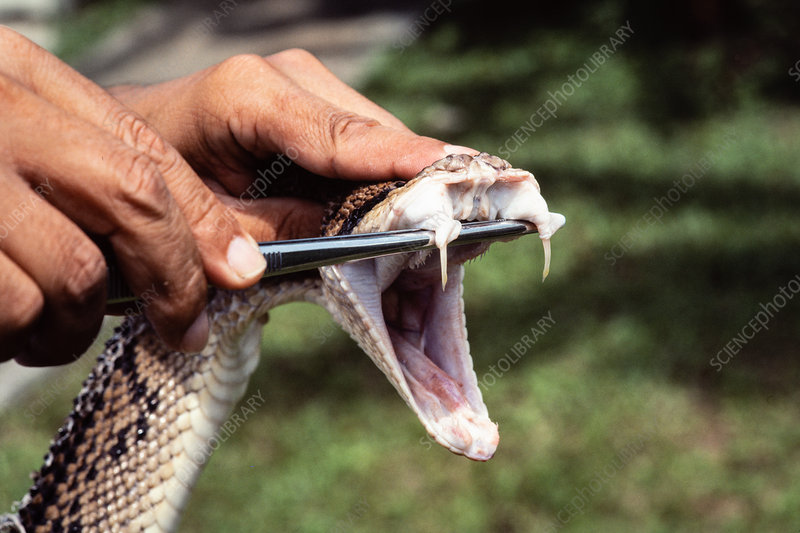
High-definition wildlife cameras have captured the intimidating defensive display of the cottonmouth snake (Agkistrodon piscivorus) in extraordinary detail. When threatened, these venomous water snakes perform one of the most dramatic threat displays in the reptile world by coiling their body, vibrating their tail, and most spectacularly, opening their mouth wide to expose the startlingly white interior that gives them their common name. Slow-motion footage reveals how the snake combines this visual display with the production of a musky defensive secretion that is clearly visible in the video as it exudes from glands near the base of the tail. Thermal imaging has added another dimension to our understanding by showing that during this display, blood flow to the mouth tissues actually increases, making the white interior even more visible against the heat signature of the rest of the body. This sophisticated multi-sensory defensive strategy demonstrates how these snakes have evolved to avoid conflict rather than engage in it, preferring to warn potential threats rather than waste valuable venom striking them.
Conclusion: Rethinking Snake Intelligence and Behavior
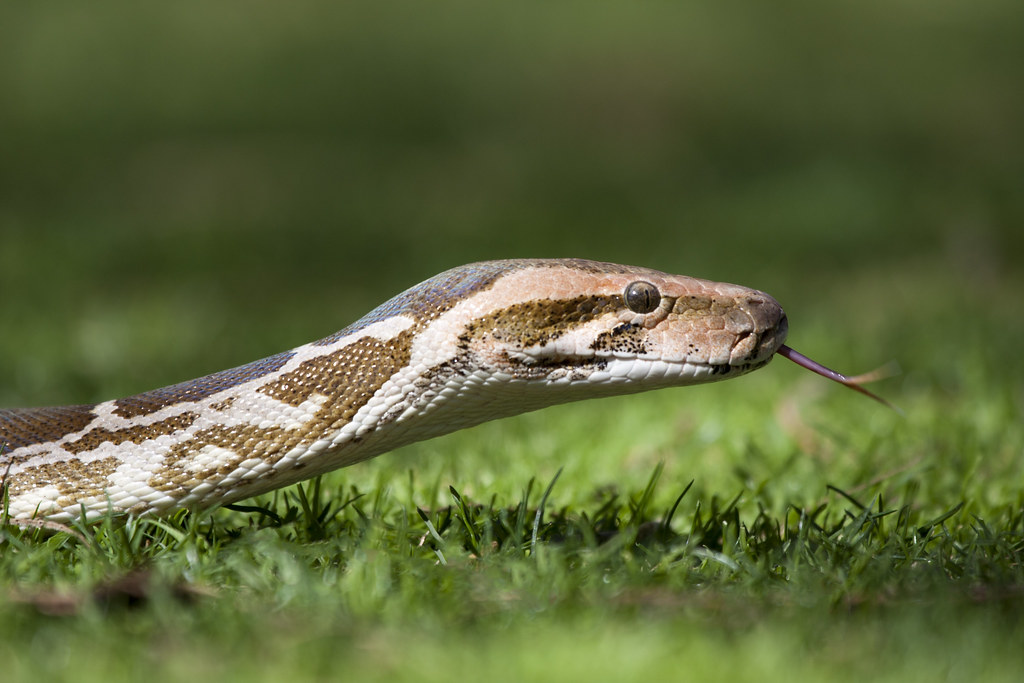
The remarkable behaviors captured in these videos challenge many long-held assumptions about snake cognition, social complexity, and behavioral adaptations. From the cooperative hunting of Cuban boas to the maternal care of king cobras, these footage-documented behaviors suggest levels of behavioral sophistication previously unrecognized in these limbless reptiles. Modern camera technology has allowed us unprecedented access to the secret lives of snakes, revealing them to be far more complex and adaptable than traditionally portrayed. As our understanding of snake behaviour continues to evolve through visual documentation, we are forced to reconsider these animals not as simple, instinct-driven creatures but as highly specialized vertebrates with remarkable problem-solving abilities and behavioural flexibility. Perhaps the most important outcome of these shocking snake videos is their role in transforming public perception – helping us see these often-feared reptiles through a lens of fascination rather than fear, and fostering a greater appreciation for their conservation in the wild.

